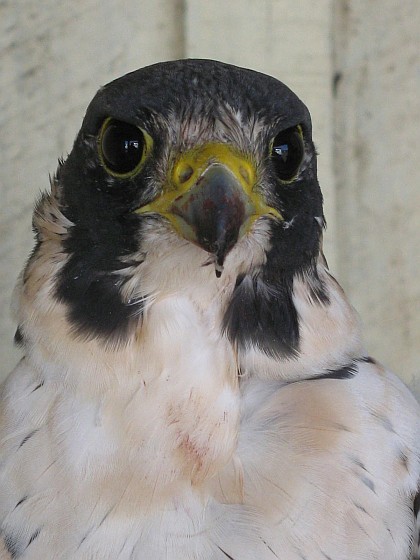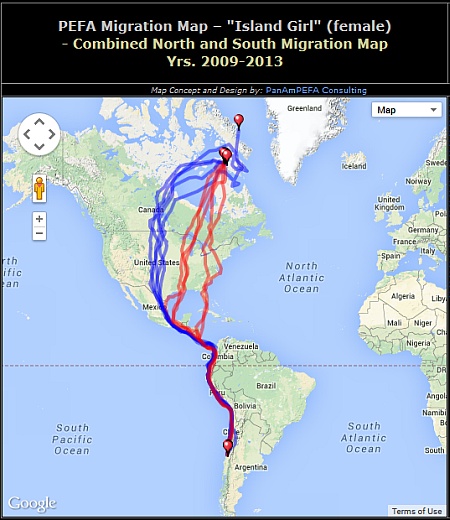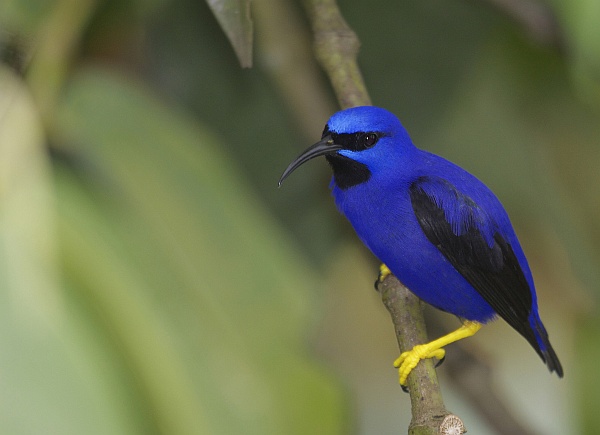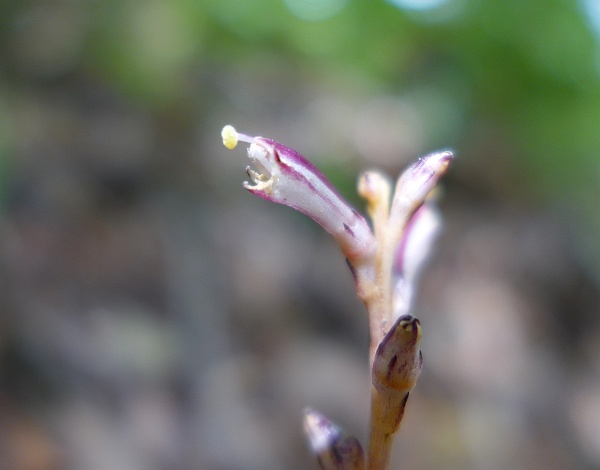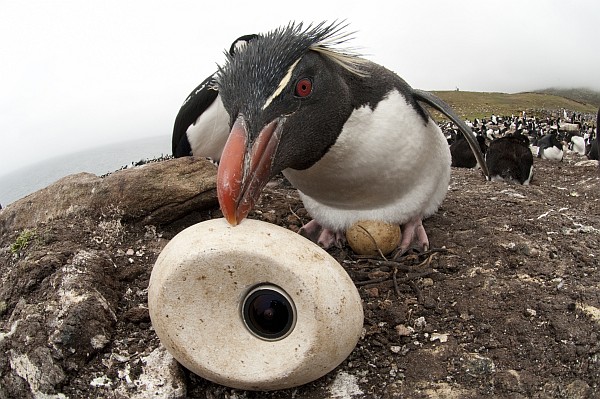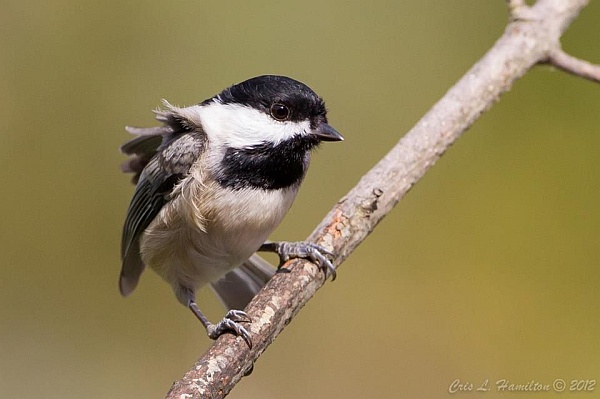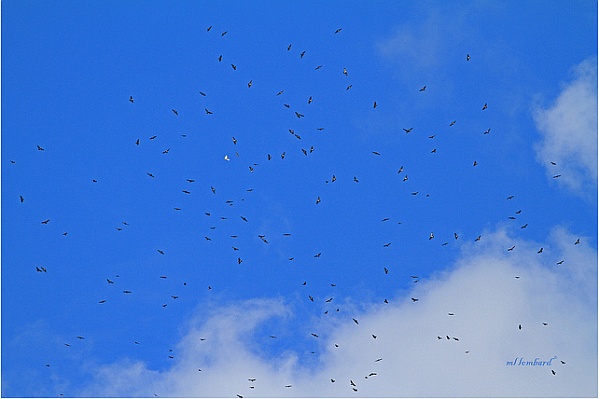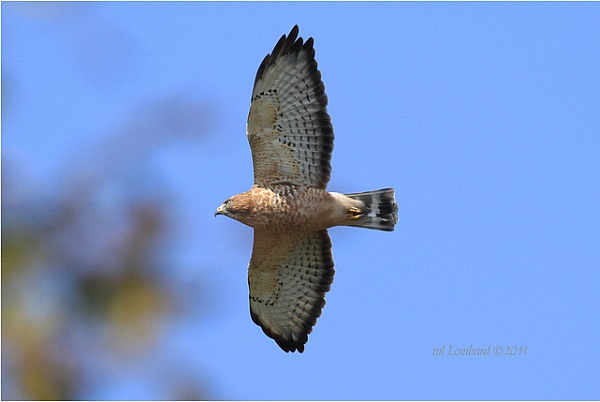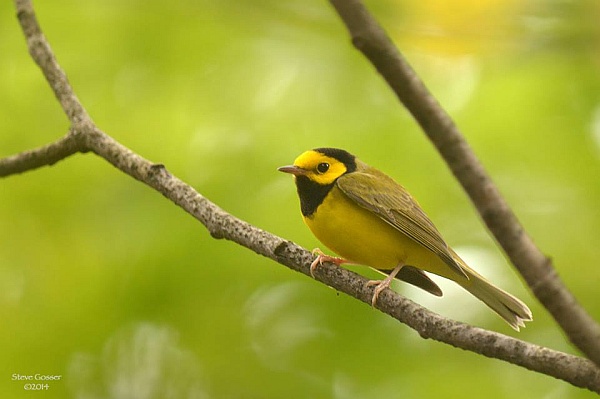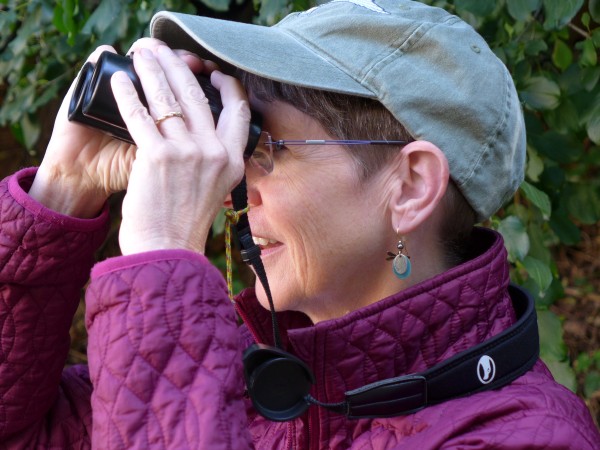
30 September 2014
I’m sure you’ve heard the phrase “This is the first day of the rest of your life.” Well, that’s how I feel today, September 30, 2014.
Today I’m retiring after 39 years in computer science, 24.5 at WQED — a little bit early, but I do look younger than I am.
I’ve been dreaming of this day since the moment 18 years ago when I paused on the Glacier Ridge Trail in Butler County and thought, “I want to retire now. How many more years must I work?” At that point I’d already worked 21 years and thought I had 22 to go. Groan! I wasn’t even halfway! Luckily my husband and I didn’t have to wait that long.
I say “retired” but I also view this as a career change from computers to birds. I’m not changing what I love to do I’m just doing more of it, including this blog. The best part is that I don’t have to find an employer for my new career. I’m my own boss.
So tomorrow I’m not going to sit at a desk. I’ll be off to see what’s new in the great outdoors.
Ya hoo!
p.s. Don’t worry that by leaving WQED I’m leaving this blog behind. No way! Outside My Window is my own copyright, I own it, it goes where I go.
(Thanks to Dave Hallewell (at WQED!) for the photo above. Click on his name to see his popular Flickr site that just hit 1 million views last week.)
